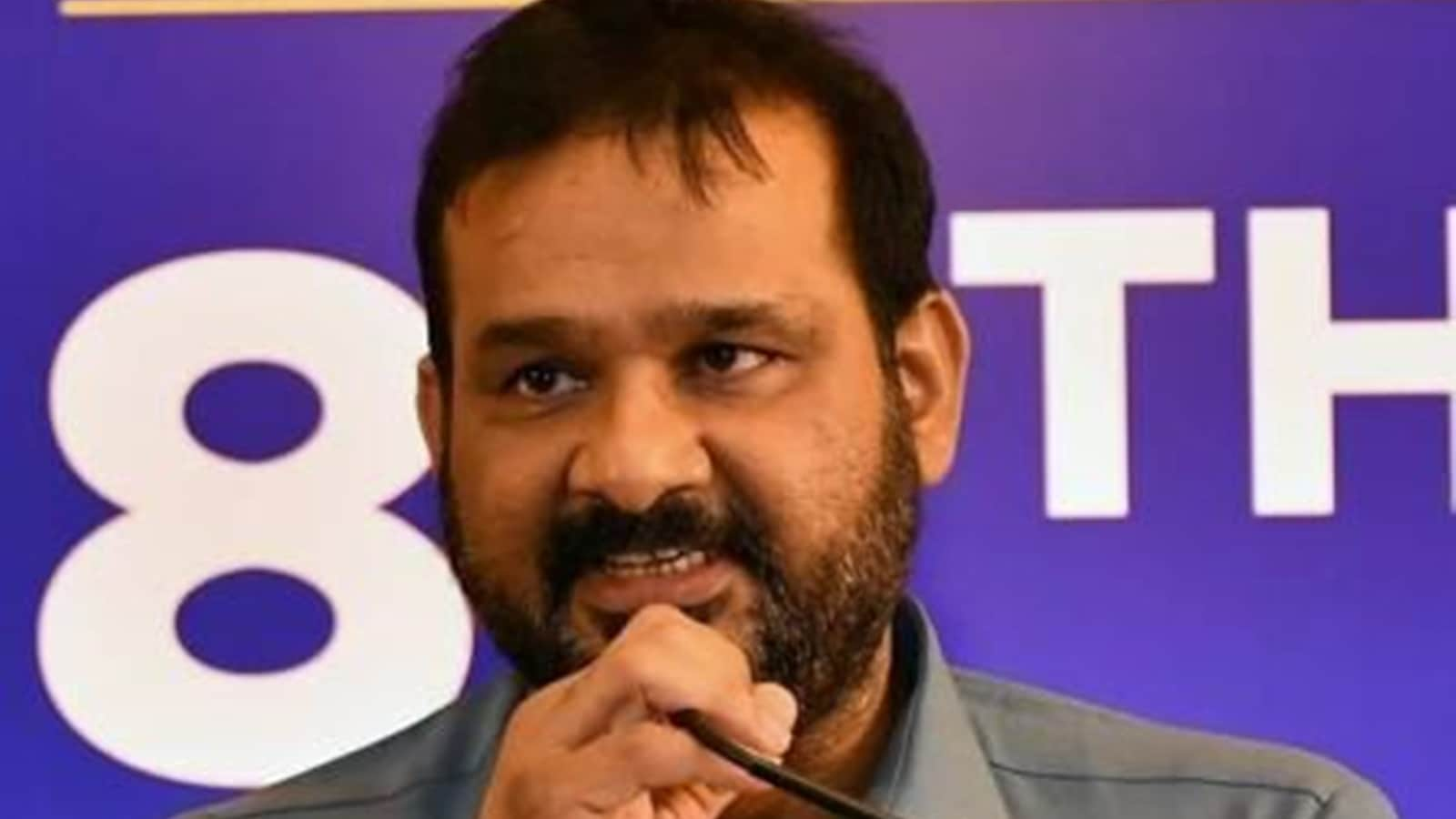Amanda Anisimova stuns Wimbledon favorite Aryna Sabalenka to reach first Grand Slam final

CENTRE COURT, THE ALL ENGLAND CLUB — Amanda Anisimova has arrived.The former teen sensation, who spent several years in the tennis wilderness following the sudden death of her father and coach when she was 17, upset the world No. 1 Aryna Sabalenka 6-4, 4-6, 6-4 under a broiling sun on Centre Court Thursday to make her first Grand Slam final at Wimbledon. She also becomes the first American finalist at Wimbledon since Serena Williams in 2019.AdvertisementIn a duel of power, periods of inconsistency and tight games at important times, Anisimova kept her nerve when the match was on the line to keep Sabalenka from making the only major final she has never played. She came alive with just enough belief, just when Sabalenka looked to be clawing her way back— as she had done so many times during this tournament and during this match.“I knew that I was going to really have to go for it,” Anisimova said when it was over. “Her level just kept increasing and getting better and better throughout the match. So to be able to come on top, I knew that I wasn’t just going to win off of her mistakes.”For Sabalenka, it was another tough upset loss at the hands of an American seizing an opportunity in the final stages of a Grand Slam. She has played three Grand Slams since becoming the world No. 1 for a second time last fall, having spent two months at the top of the sport in 2023.She now finds herself in a curious position. Her consistency at majors — 11 semifinal-or-better finishes at her past 12 — is remarkable. But her record when things get tight in those late stages is unspooling. She is now 3-9 in deciding sets of semifinals and finals at the Grand Slams.She lost to Madison Keys in the Australian Open final, and to Coco Gauff last month in the French Open final. She looked across the net Thursday and saw another talented American woman — there are loads of them these days. Sabaleka came up just short once more.This one was different than a month ago, when she blew up on the court, yelling at herself and her box as the match against Gauff slipped away. Then she exploded in her post-match news conference, arguing that Gauff had not won the match. She had lost it, in part because of the windy conditions. She said Iga Świątek, the player she had beaten in the semifinal, would have beaten Gauff that day.AdvertisementOn Centre Court Thursday, as Anisimova got closer to the win, Sabalenka mostly kept her cool.“We all can lose control over our emotions, it’s absolutely normal,” Sabalenka said in her news conference.“Every time when I was really that close in that match today to completely lose it and start… I don’t know… yelling, screaming, smashing the rackets, I keep reminding myself that’s not an option, and it’s not going to help me to stay in the match and to fight for my dream.”She hugged Anisimova at the net and was magnanimous in her comments about her after. She did admit that Anisimova had “pissed her off,” when she reacted to the chair umpire telling her she had celebrated a shot too early by saying that she was doing what Sabalenka does “all the time” by extending her grunt through the ball.“She was more brave today,” Sabalenka said.“When I was just, like, trying to stay in the point, she was playing more aggressive.“Sometimes I was just stopping my arms, making mistakes which I shouldn’t be making. I think I should have been a little bit more brave today and remember that I’m on the top of the ranking, and I can do that. I think at some point at the match I forgot about that.”For the third major in a row, Aryna Sabalenka lost a tight match in the final stages to an American. (Henry Nicholls / AFP via Getty Images)When she did, Anisimova was there to become the protagonist in a stirring narrative that is still unfolding.For the 23-year-old Floridian, the win was the next high watermark in a remarkable journey over the past year. Last June, as she muddled through her comeback from nearly a year of battling injuries and burnout, Anisimova fell in the final round of Wimbledon qualifying.During the next year, each time she achieved an encouraging result, playing deep into tournaments in Washington, D.C. and Canada and even winning in Doha in February for her first WTA 1,000 title, just below the level of a Grand Slam, her body would abandon her. She struggled with injuries to her back and hip that prevented her from practicing, training and competing as much as she liked.AdvertisementIn April, she hired a physiotherapist named Shadi Soleymani to take charge of her health and fitness, and she has been on the upswing ever since.For a few minutes, it appeared that Sabalenka had turned the match. She drew even as Anisimova finally faltered on serve at 3-3 in the second set, missing two forehands and double-faulting to give Sabalenka her first service break of the afternoon. Anisimova made a gallant effort to get back in the set as Sabalenka tried to serve it out. However, Sabalenka snuffed out those efforts with a couple of massive serves, the last one clanking off Anisimova’s strings and frame.On to a third set they went, with Sabalenka starting it just as she had finished the last, breaking a faltering Anisimova at love. And then, seemingly out of nowhere, Sabalenka went off the boil, her forehands going wide and long at the absolute worst time. One let Anisimova break right back for 1-1. With a sitter at the net, she pounded another just long, and all of a sudden Anisimova had a 3-1 lead.The American had kept her opponent’s variety out of the contest for most of the match, with Sabalenka playing just nine points at the net through three sets when it was done. However, the world No. 1 brought it to the party at the end, trying to bring Anisimova to the net as she had done in Paris at the last major. Then, she fileted Anisimova in the front of the court. Here, Anisimova responded in kind, hitting drop shots of her own, refusing to let Sabalenka draw her into a battle she thought she would win easily.From there, destiny seemed to take over. As Anisimova tried to survive a tight game at 4-2, she cracked a forehand down the line that might have missed. It ticked the net and dropped into the front of the court for the game. She pumped her fist, foregoing the usual apology for good luck. It was that kind of match, with Sabalenka having complained about an early celebration from Anisimova on a winner.On her first match point, Anisimova missed on her vaunted backhand on a ball right in her slot. She missed again on the same shot to allow Sabalenka a last chance to do what she has done all year and retrieve a seemingly lost position. Instead, the world No. 1 gave her three opportunities to win, one earned by a stunning Anisimova short slice — the kind Sabalenka would so normally put into play.Sabalenka played two without fear, but Anisimova returned the favor on the third, blasting a forehand to the postage stamp on the most high-stakes point of her career to date.She turned to her box with a look of disbelief, though really, this is where she was supposed to be all along.In tennis though, as in most sports, there is no “supposed to” or “destiny” without hard work and smart decisions.When her father and main tennis guru, Konstantin, died of a sudden heart attack at 52 in 2019, Anisimova took a brief break, but she largely played through her grief. She spent the next two seasons tumbling down the rankings, before she climbed back to the top 30 in 2022.AdvertisementBy early in 2023, tennis had became too much.That’s when she made the smart decision to take a break, to figure out whether she wanted to play any more. She took college courses. She pursued her interests in art, as she put the rackets away and stopped doing the main thing she had done since she was a small girl, one of countless young Russians whose parents had emigrated to America and watched Maria Sharapova’s father turn her into a champion and millionaire many times over. Anisimova even looked a bit like her, nearly six-feet tall with a long blond ponytail flowing behind her visor.By 2024, she was ready to give tennis a go again. The comeback happened in fits and starts, often stalled by that series of recurring injuries. She worked with a coach and a trainer, but until she found Soleymani earlier this year, she never had someone keeping watch over her nutrition, her sleep habits, and searching for the reasons she kept getting injured.First Soleymani helped her get healthy, increasing her strength and flexebility down her problematic left side that seemed to be at the root of her back and hip problems. Then she was able to train hard enough to get fitter and stronger. Then the wins began to pile up, and the confidence that she could play long matches day after day returned.All of that has been on display this week. She survived a three-set battle against Londa Nosková in the fourth round. She overcame her jitters and a resurgent Anastasia Pavlyuchenkova to prevail in a marathon second-set tiebreak in the quarterfinal.Then, on Thursday, she played some of her best tennis at the end, as the match stretched past the two-hour mark on a day that felt far more like Florida than London and had multiple fans requiring medical attention in the sun-splashed seats of Centre Court.She stayed cool enough to find a way into her first Grand Slam final, in this case, the biggest one of all. As each match point slipped away, her nerves rose. Then she saw the forehand in her strike zone and thumped it.AdvertisementNow she gets Swiatek on Saturday, a five-time Grand Slam champion also playing in her first Wimbledon final.“Obviously I haven’t been in a Grand Slam final before, but I’ve experienced a lot of moments similar and a lot of high-stakes matches,” Anisimova said of what lies ahead.“I always tell myself ahead of the game to enjoy every moment, not really concentrate on the finish line or the outcome, and just to really stay in the present. So I’ll just keep telling myself that.”Another good decision.(Photo: Julian Finney / Getty Images)













